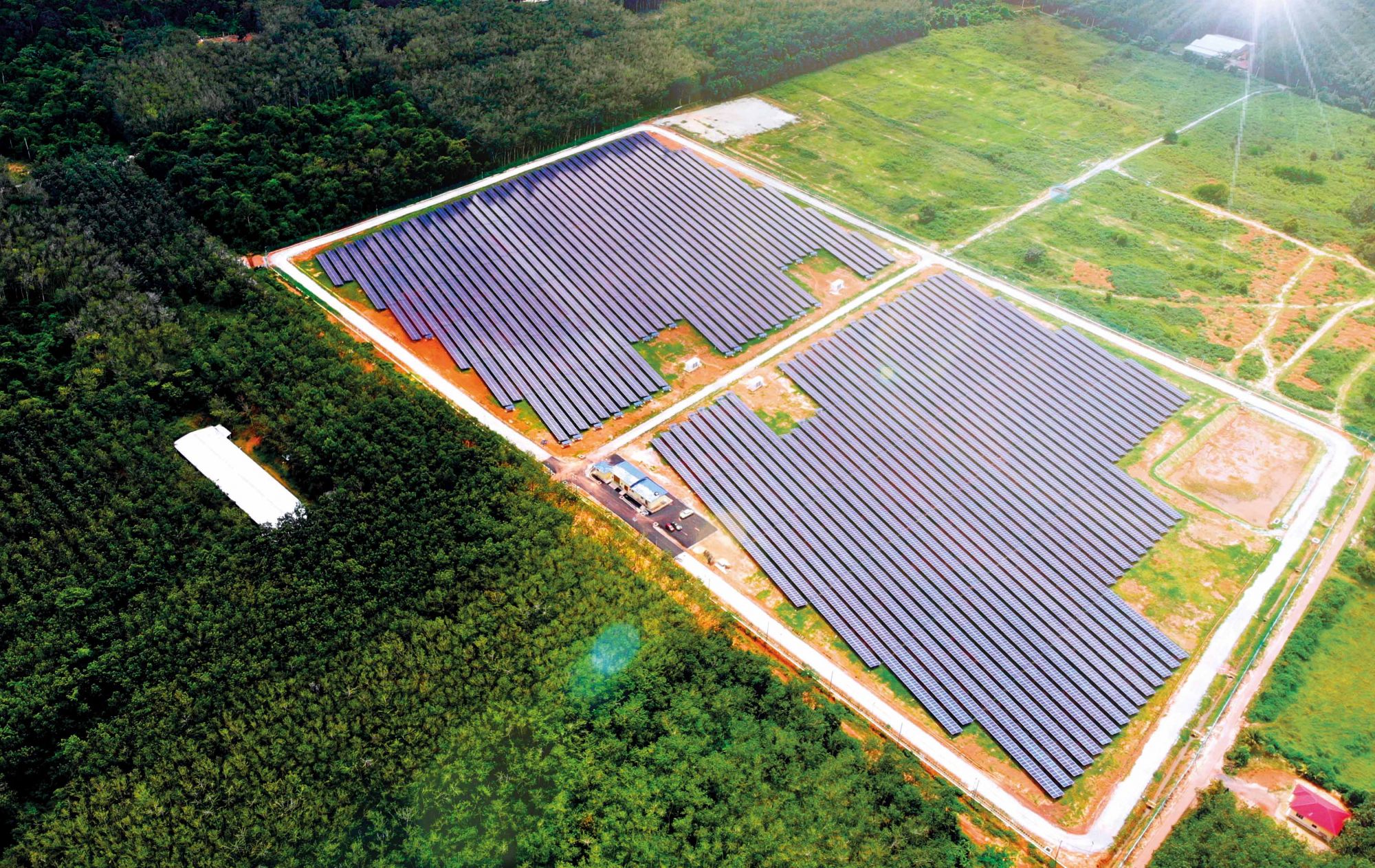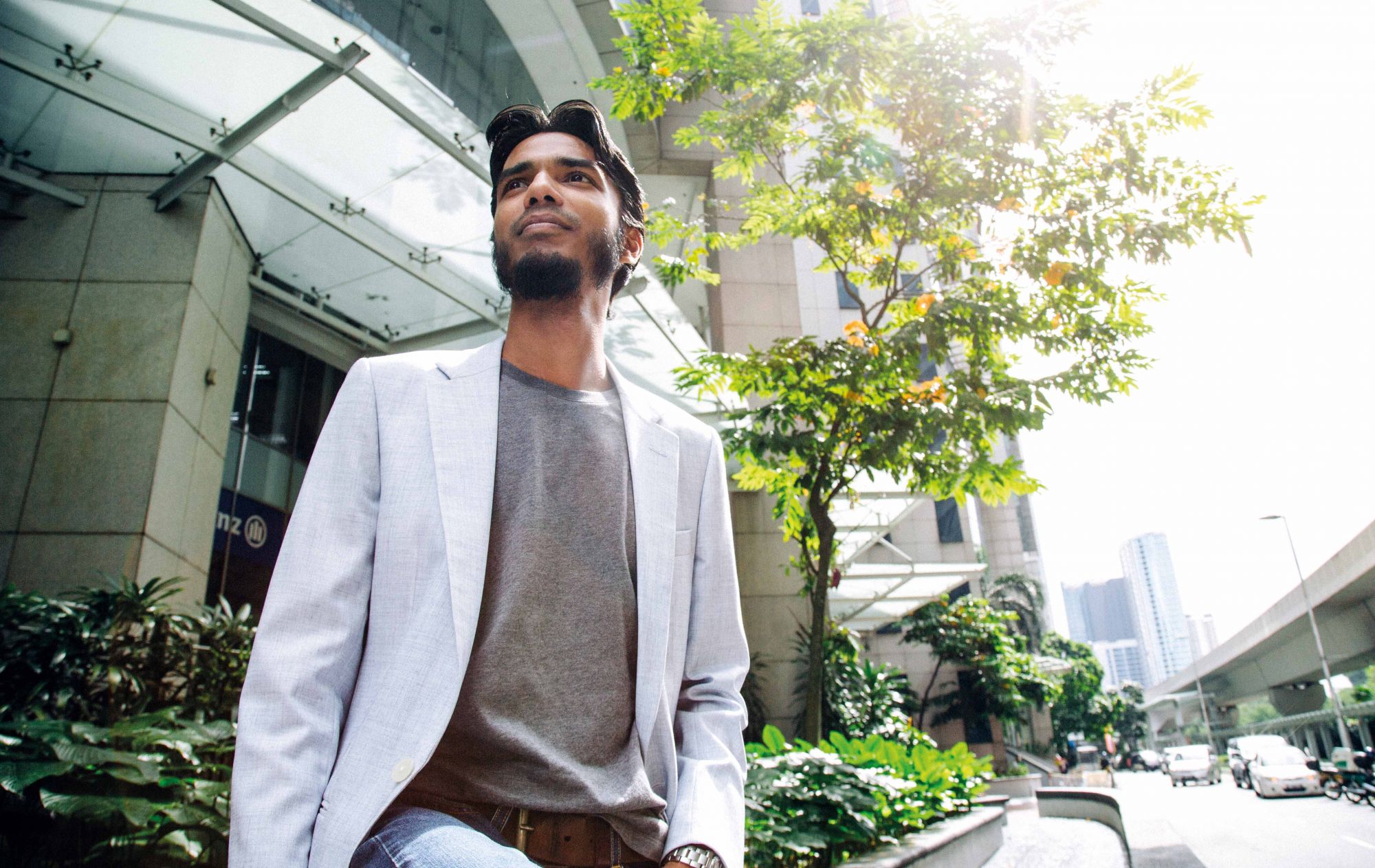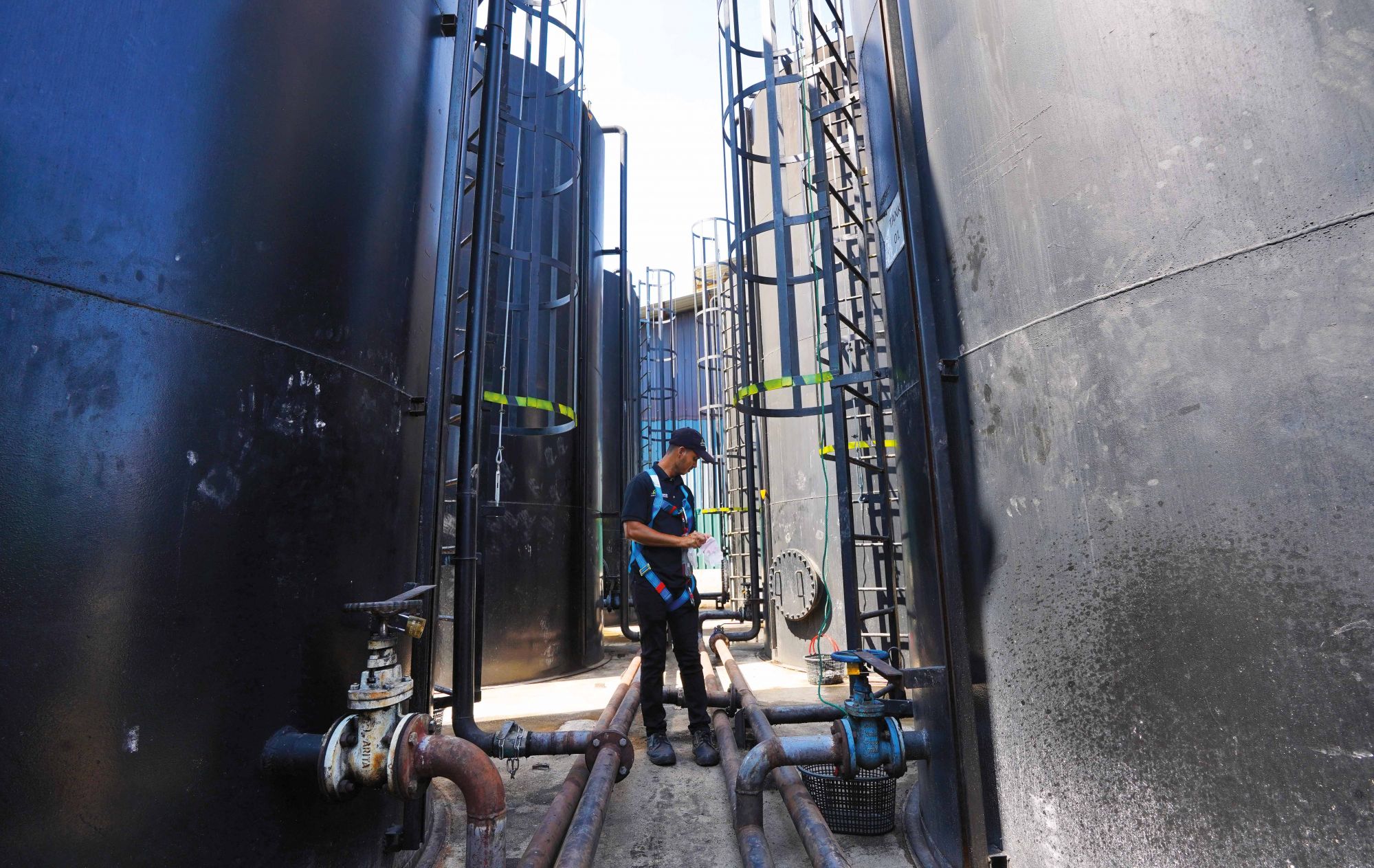Three Malaysian entrepreneurs weigh in on the realities of using sustainable energy to fight climate change
The United Nations has issued a stark warning that current global commitments to cut greenhouse gas emissions still put the planet on track for an increase in temperature of 2.7 degrees Celsius within this century.
According to FatHopes Energy founder and CEO Vinesh Sinha, “there needs to be a greater diversification of energy sources,” moving away from fossil fuels and towards alternative energy sources like solar, wind, hydropower and even nuclear.
In Southeast Asia, the use of renewable energy is slowly expanding, says Plus Xnergy Holding's group CEO Ko Chuan Zhen. The solar market, in particular, has a lot of untapped potential for both businesses and consumers. “Solar is the cheapest form of electricity according to the International Energy Agency. But as many countries are highly dependent on fossil fuels, I expect the transition to renewable energy to take some time.”
Many of the region's countries, including Malaysia, have announced that they will ensure that at least 20 percent of their energy supply comes from renewable sources by the year 2025, which is not far off from the goal set by ASEAN. But the question remains whether this transition will be enough to tackle the climate crisis.
See also: How Many Trees Are Needed To Offset Your Carbon Footprint?

Making the move to clean energy
Smart grid technology can be used to increase the use of clean energy, as it enables the effective management and distribution of renewable energy sources such as solar, wind and hydrogen, and connects a variety of distributed energy resources to the electrical grid. It also allows for two-way communication between the utility and its customers. This high-tech system comes equipped with controls, computers, automation and new technologies that work with the electrical grid to respond digitally to consumers' demand.
Energy storage technologies will be particularly useful as well. Batteries, for example, can help to retain energy that is generated during peak times, such as when there is a lot of sunshine or wind.
But the main challenge is for governments and the private sector to collaborate and make clean energy more accessible and affordable for everyone. “For Malaysia, this is a critical time considering the increasing role of sustainability, such as the UN Sustainable Development Goals (SDGs) targets and ESG values in securing investments worldwide,” says Ko. “The mutual effort of policymakers, financial institutions and renewable energy industry players will play a big role in determining the success of the country’s renewable energy target.”
See also: ESG Disclosure: From Risk Management Necessity to Ethical Imperative



